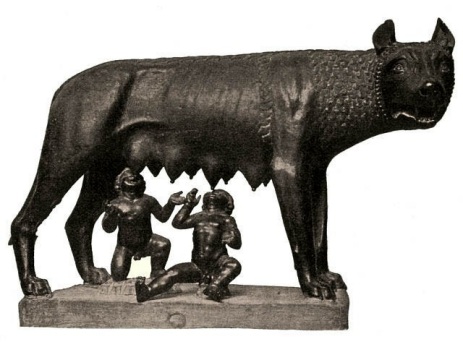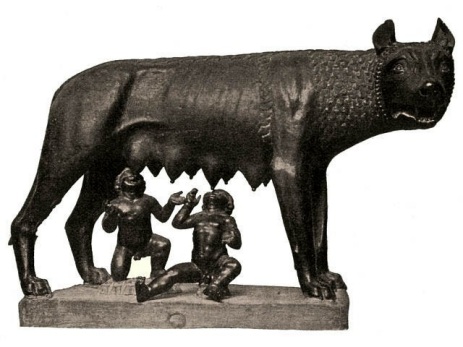
If you thought the fall of the Roman Empire was caused by lead poisoning or that old standby, the gays, you’re terribly mistaken! It turns out that agricultural societies are (surprise!) highly dependent on a cooperative climate.
Why should you care? Ever since some wit started calling the U.S. “Pax Americana,” presidents, historians, and D.I.Y. punk bans from Helsinki can’t get enough of the parallels between the decline of American hegemony and the slow unraveling of history’s other great power.
So do the droughts that felled the Roman Empire hold any lessons for a country whose breadbasket is rapidly escaping into Canada as global warming accelerates? Naw — all our food is grown with irrigation and artificial fertilizers synthesized from fossil fuels. Good thing we’re not running out of those!
The story’s in the trees, says New Scientist
Büntgen used tree rings to build up a history of European climate. Using nearly 9000 samples from oak, pine and larch, Büntgen and colleagues were able to reconstruct how temperatures and rainfall in western Europe changed over the last 2500 years.
Good times corresponded with temperate weather, and vice versa, says Science Now
When [lead researcher] Büntgen showed the data to historians and archaeologists, they pointed out remarkable consistencies with what we know of past societies. At times of social stability and prosperity, like the rise of the Roman Empire between 300 B.C.E. and 200 C.E., Europe experienced warm, wet summers ideal for agriculture. Similar conditions accompanied the peak years of medieval Europe between 1000 C.E. and 1200 C.E.
The study also showed that climate and catastrophe often line up. In the 3rd century C.E., for example, extended droughts matched the timing of barbarian invasions and political turmoil. Around 1300 C.E., on the other hand, a cold snap combined with wetter summers coincides with widespread famines and plague that wiped out nearly half of Europe’s population by 1347.
This new study is crazy precise, but correlation does not equal causation says Discovery News
“When they say 536 A.D., which is an exceptional year because of what was likely a massive volcanic eruption, they don’t mean 535 A.D. or maybe 534 A.D.,” [says David Stahle, a geoscientist.] “They mean 536 A.D. without a doubt. It’s nailed.”
Climate change wasn’t necessarily the cause of these and other major historical events, researchers say. But the study […] offers the most detailed picture yet of how climate and society have been intertwined for millennia.
The historical record is littered with civilizations brought low by climate change, says ABC News
[A]bout 1,000 years ago, the Anasazi abandoned their homes, and historians have argued for years over why. Tree rings analyzed at the University of Arizona indicate that the four corners region where the Anasazi maintained their cultural centers, went into prolonged drought, and thus, the Indians fled south to join the Hopis and an easier life.


